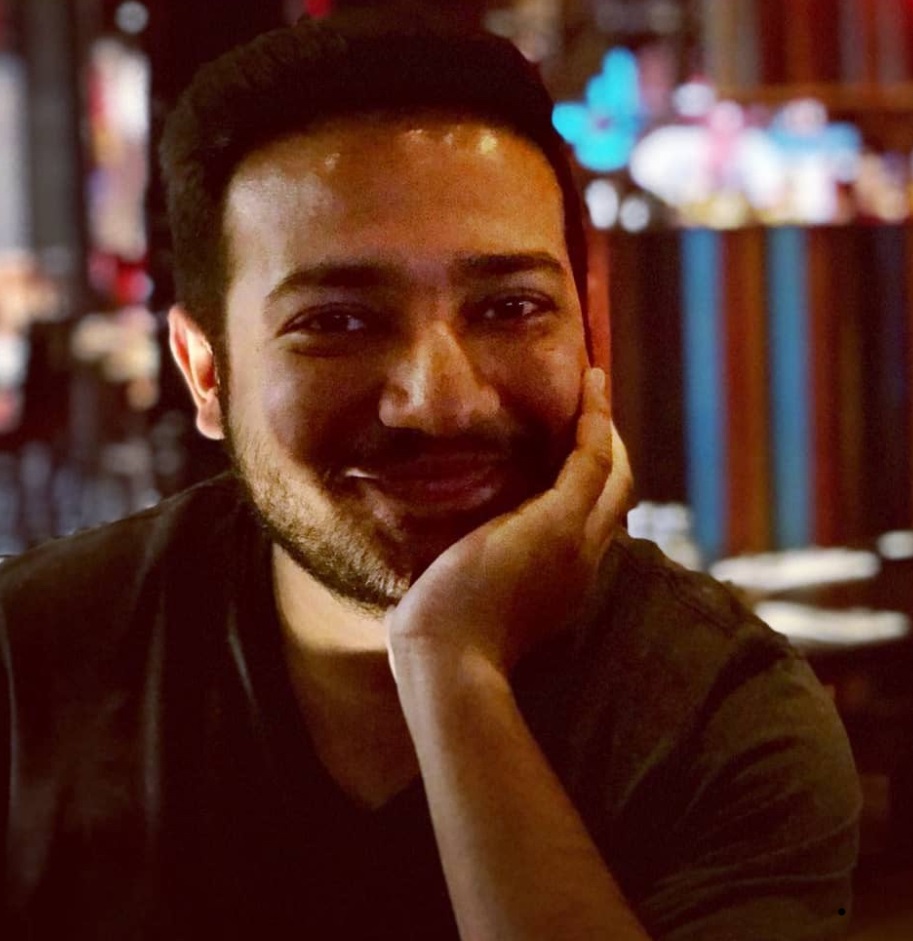Last Updated:
Termed as a proxy of Lashkar-e-Tayyiba, TRF has been actively involved in orchestrating terror operations, including the April 22 attack on civilians in Pahalgam.
Designating TRF as Foreign Terrorist Organisation carries significant legal ramifications, including stringent financial sanctions. (AP Image)
In a strong reaffirmation of India-US counter-terrorism cooperation, New Delhi has welcomed the US State Department’s decision to designate The Resistance Front (TRF) as a Foreign Terrorist Organization and a Specially Designated Global Terrorist.
Termed as a proxy of Lashkar-e-Tayyiba, TRF has been actively involved in orchestrating terror operations, including the April 22 attack on civilians in Pahalgam. The move signals a unified global stance against terrorism, with both nations reinforcing their shared commitment to eliminate safe havens for terror networks and maintain regional peace and security.
Another demonstration of strong India-USA counter-terrorism cooperation. Appreciate the Department of State for listing The Resistance Front (TRF) as a designated Foreign Terrorist Organization and Specially Designated Global Terrorist. TRF is a proxy of Lashkar-e-Tayyiba and…— India in USA (@IndianEmbassyUS) July 17, 2025
The US Department of State officially added The Resistance Front to its list of designated FTOs and SDGTs. A known front for Lashkar-e-Tayyiba, TRF claimed responsibility for the April 22, 2025, Pahalgam terror attack that killed 26 civilians, one of the deadliest such attacks on Indian soil since the 2008 Mumbai attacks. TRF has also been linked to several attacks on Indian security forces in recent years, including in 2024.
Also Read: Pahalgam Attack: Major Victory For India’s Efforts As US Puts TRF On ‘Designated Terror’ List
In a statement, the US government said that the decisive action by the Department of State underscores the Trump Administration’s resolve to protect national security interests, hold terrorists accountable, and respond firmly to the Pahalgam attack.
TRF, along with its associated aliases, has been added under section 219 of the Immigration and Nationality Act and Executive Order 13224, aligning with existing designations against LeT. “These amendments will take effect upon their publication in the Federal Register,” added the statement.
How TRF Emerged And Evolved
According to top intelligence sources, The Resistance Front (TRF) emerged in October 2019, shortly after India revoked Jammu and Kashmir’s special status under Article 370 in August 2019. The group was conceived as part of a strategic shift by Pakistan-backed terror networks to rebrand militancy in Kashmir under a new, seemingly secular facade. Unlike overtly Islamist groups like Lashkar-e-Tayyiba (LeT) and Hizbul Mujahideen, TRF deliberately adopted non-religious symbols and rhetoric to appeal to a wider audience and evade international scrutiny.
Despite the rebranding, TRF’s leadership and operations are deeply entrenched in LeT’s ecosystem. Its top commanders include LeT operatives such as Sheikh Sajjad Gul, a designated terrorist under Indian law, and Basit Ahmed Dar. The group functions with extensive logistical and financial backing from Pakistan’s Inter-Services Intelligence (ISI) and LeT handlers, including Hafiz Saeed.
TRF’s cadre comprises both locally radicalised youth and Pakistani militants trained across the Line of Control (LoC). It employs digital platforms like Telegram and WhatsApp to spread propaganda, recruit members, and issue threats. The group also uses body cameras to record attacks, both to glorify its actions and instil fear.
Shifting tactics in recent years, TRF has increasingly targeted soft and symbolic targets—such as Kashmiri Pandits, Hindus, Sikhs, migrant labourers, and local political figures—aiming to create fear, disrupt communal harmony, and undermine the narrative of normalcy in Kashmir post-2019. Its attacks are carefully designed to damage the region’s economy, particularly its growing tourism sector.
The April 22, 2025, massacre of 26 civilians in Pahalgam, including tourists and migrant workers, is seen as a direct manifestation of this approach. Sources say the attack was aimed at derailing the region’s economic revival and drawing international attention through high-casualty events.
TRF is also involved in cross-border weapons and narcotics smuggling, using drones and infiltration routes along the LoC. Notably, the 2021 drone attack on the Indian Air Force base in Jammu was also linked to TRF, further highlighting its evolving operational capabilities and strategic threat.

Covering day-to-day national and international news for the last nine years across print and digital. Associated with News18.com as Chief Sub-Editor since 2022, covering innumerable big and small events, includ…Read More
Covering day-to-day national and international news for the last nine years across print and digital. Associated with News18.com as Chief Sub-Editor since 2022, covering innumerable big and small events, includ… Read More
view comments
- First Published:






